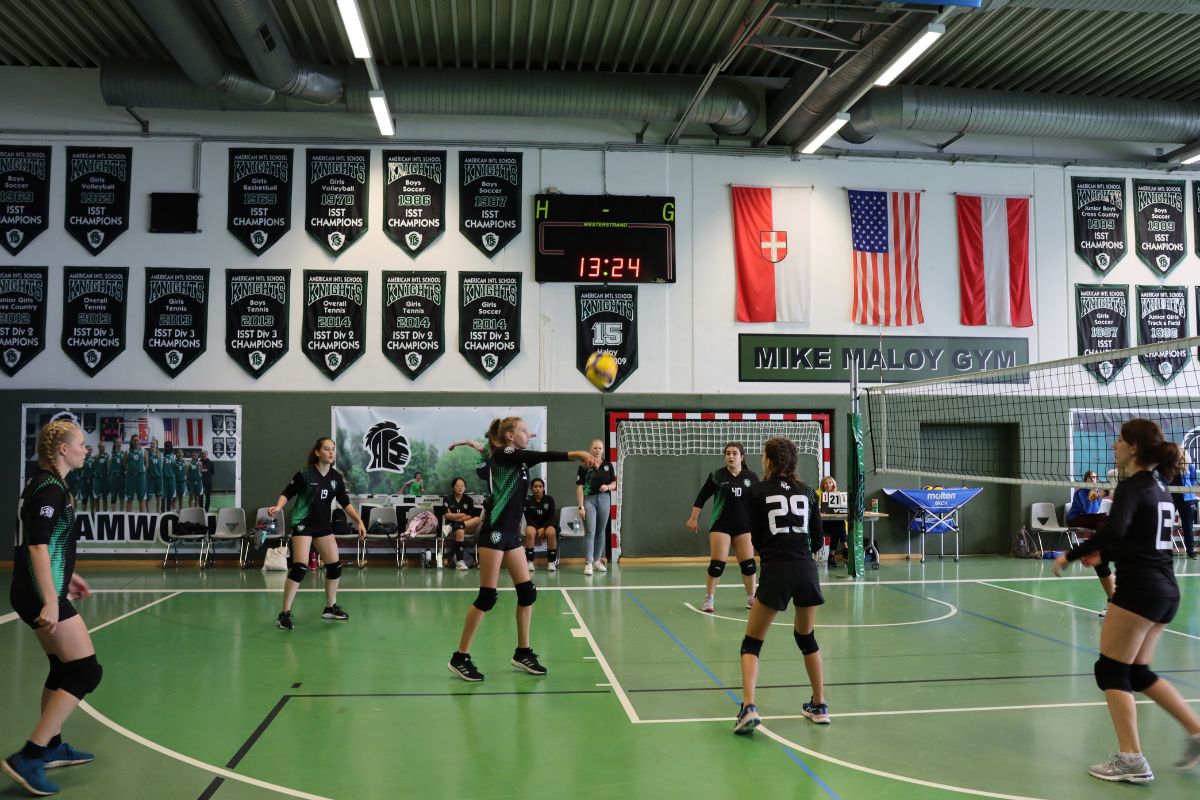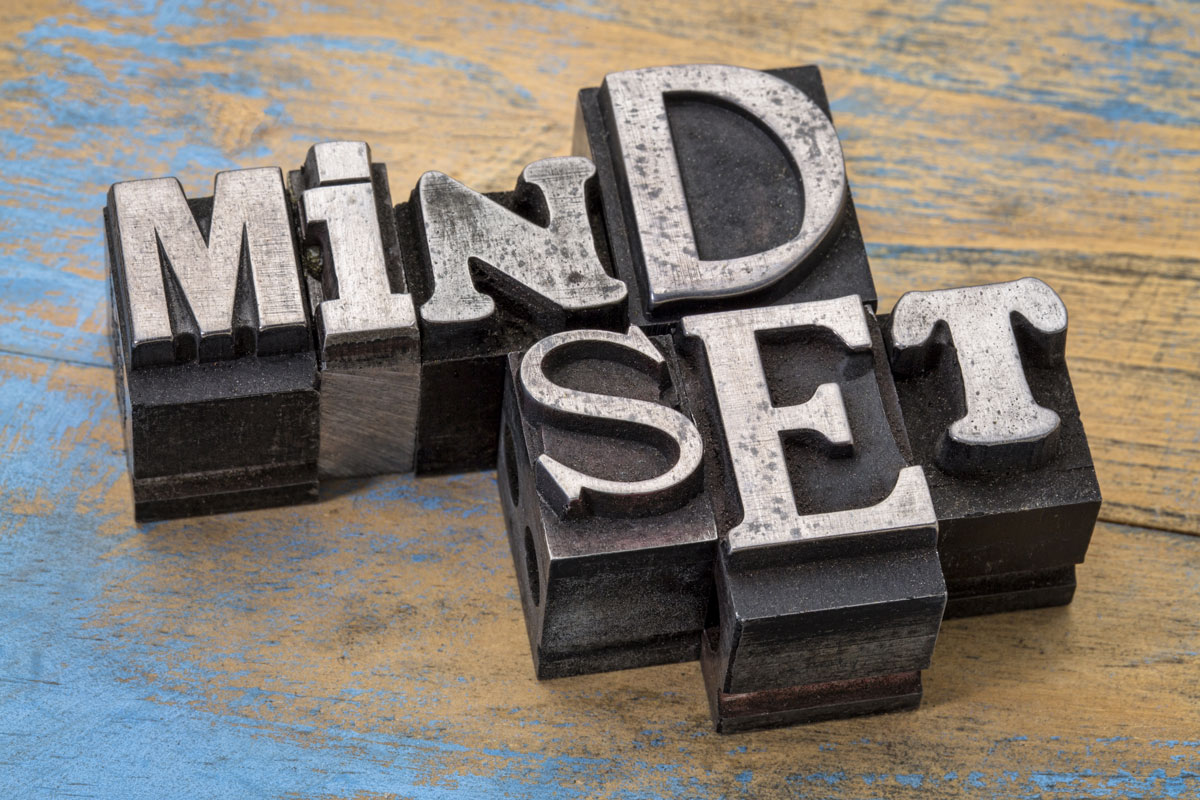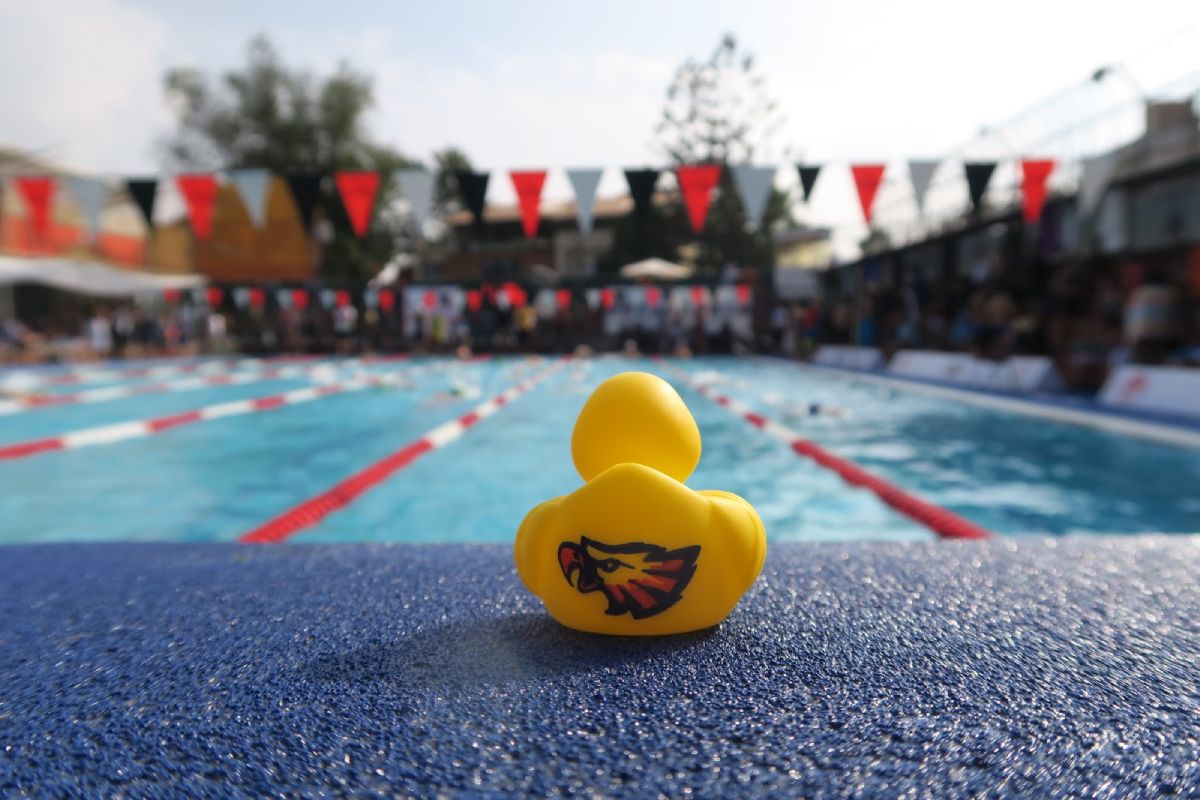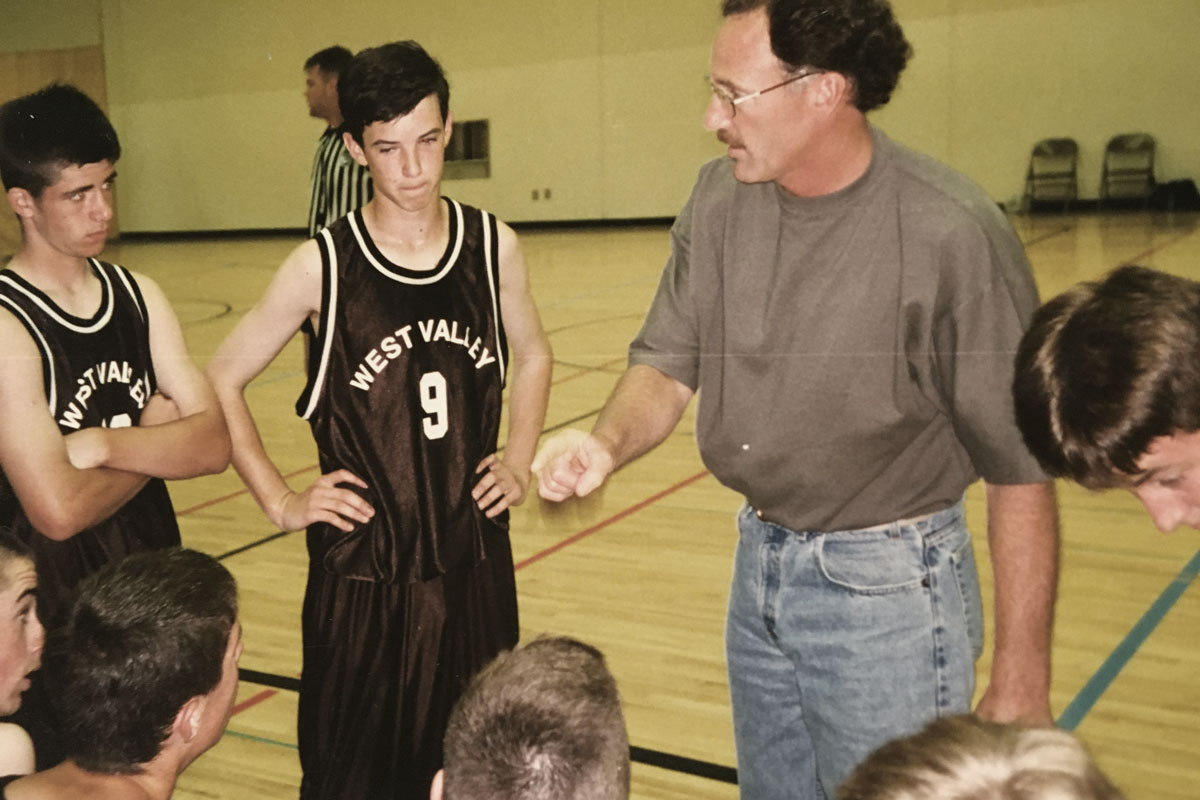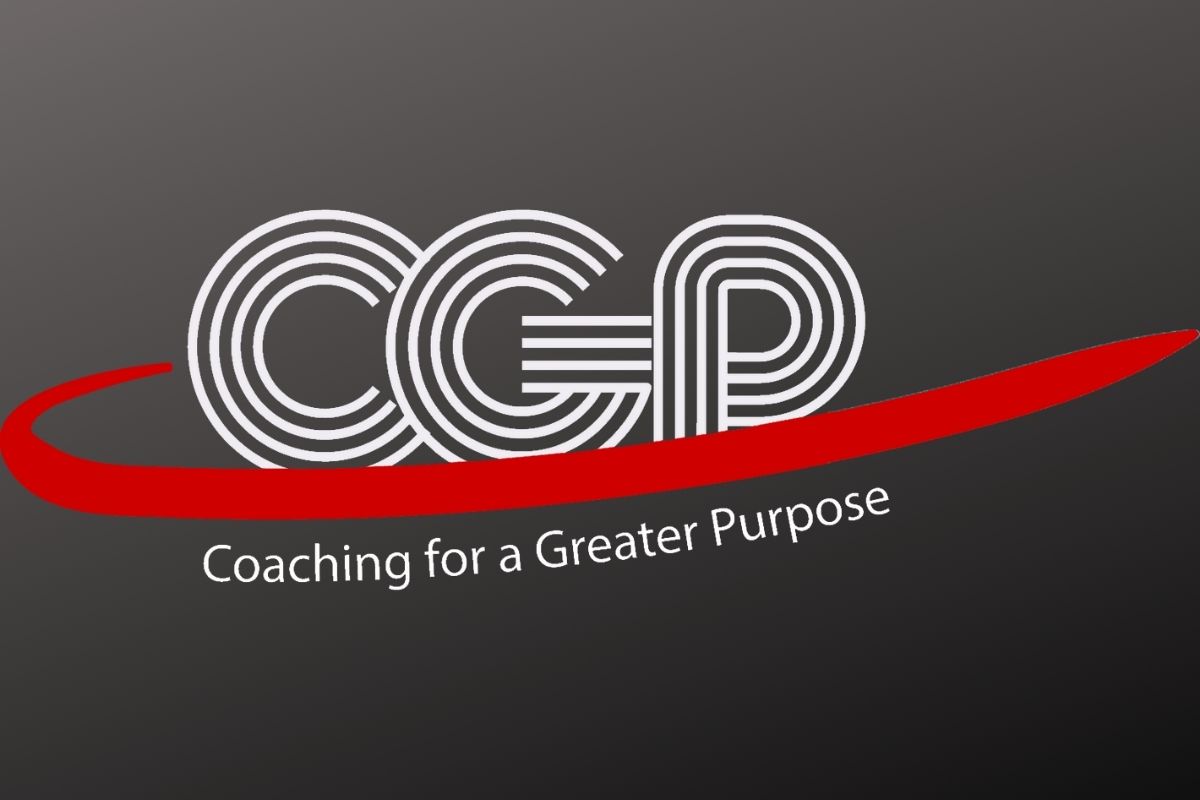Building a Positive Culture – The Missing link of Project Based Learning

Collaboration is a cornerstone of any successful Project Based Learning (PBL) unit (Advanced Reasoning in Education, PBL Works, Hacking PBL). Students are expected to meet deadlines, problem solve, innovate, create, present, and think critically all in a collaborative setting. PBL veterans and newbies alike will agree that this is one of the most challenging aspects of a project. Successful collaboration skills are catalyzed and made easier if and when there is a positive classroom culture. A positive culture, however, needs to be cultivated. It doesn’t develop overnight or through osmosis. It takes time and dedication, and it needs to be taught. If we want students to work efficiently and productively throughout a project, we need to be sure they are honing the skills necessary to work collaboratively. We need to purposely and explicitly build that often underrated component of PBL culture.
So how do we do it?
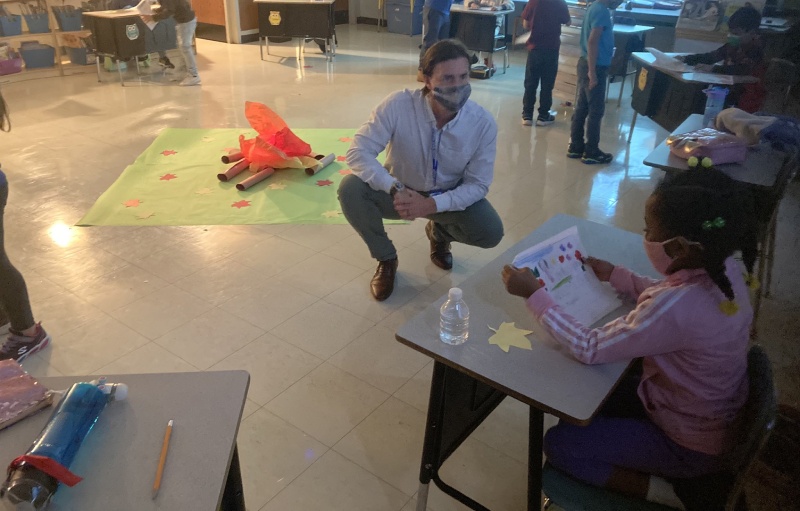
BEFORE THE PROJECT: Setting the Foundation
My passion for culture building stems from my twenty one years as a physical education teacher. A hallmark of my curriculum was the flow to and from competitive, skill based units and cooperative units. Cooperative units were experiential and focused on problem solving and team-building initiatives. Starting the year off with a cooperative unit allowed me to set foundational expectations and build essential “soft skills” for the competitive units that followed. Although not perfect, there was a noticeable difference in behavior, acceptedness, and compassion during competitive team sports like basketball or soccer. Not only did I observe a difference during games, but student reflections were rich and self aware during our class closure. These concepts and skills were referenced and expanded throughout the year and helped to create an environment in which my students felt safe, valued and connected.
To some degree, a project presents the same level of challenges as a competitive sport and to be successful, it demands the same commitment to culture building right from the start. In the same way I noticed a correlation between competitive sports and pressure sometimes felt by my P.E. students, I quickly realized a similar effect in PBL. The pressure in PBL however had to do with completing group tasks on time, preparing for a formal presentation to outside guests, etc… all great opportunities for the classroom teacher to address or for me as our district’s PBL coach.
My position as a PBL coach requires me to “wear many hats.” I train a cohort of teachers each year in PBL, help facilitate PBL lessons, work closely with groups and individual students during projects, and provide culture building. I also am continuously making connections with local businesses, Chamber of Commerce, etc.. for the purpose of identifying and utilizing members of our community to appear as “expert guests,” sharing their expertise as lawyers, electricians, etc. This helps students to understand the application of what they are learning.
As a PBL Coach, I believe that culture building is an integral part of what I do. Because of this belief it is imperative that I, along with the classroom teacher, plan an appropriate amount of time to introduce and teach 21st century skills. I generally block off four days for this work prior to a project launch. If the teacher I am working with is new to culture building, I suggest two to three twenty minute whole group sessions and a series of small group conferences.
Whole group Lessons
Vulnerability, body language, self-awareness, problem solving, and conflict resolution are the targets of the whole group lessons. There are a myriad of strategies that can be used to teach these skills including role play, inquiry, cooperative games, or a traditional mini-lesson. One of my favorite activities is to engage in a set of mock conversations with another teacher where I demonstrate positive and negative body language. This lesson is always a fun and powerful way to bring to light this fundamental communication skill.
Students can learn about 21st century skills in many ways and there is no one way to do it. The point is just to do it! Experiment with different ideas or scenarios. Have meaningful conversations about the importance of a positive culture. Kids LOVE when teachers tell personal stories. Maybe share stories (positive and negative) about examples of teams or groups you have been a part of. Be sure to transition those conversations into the upcoming project.
Small Group Conferences
Small group conferences are generally more fluid and responsive to the needs of the class or group with whom I’m working. These quick “check in,” can be devoted to skills review, job responsibilities, or any other pertinent team building activity. These conferences are quick and lean – no more more than 5-7 minutes -and can be built into any lesson.
DURING THE PROJECT: Keeping Culture Alive
Culture building lessons are a significant part of teaching how to organize time and materials, maximize the potential of a teammate, and work together harmoniously. One of the things I love most about PBL is the many teachable moments that unfold once the project begins. At least once a week, I like to meet with each group to discuss non-content subject matter. Like the pre-project conferences, these meetings are dependent on the needs of the classroom. Assessing the effectiveness of whole or small group meetings can be done during the project (individual check ins, exit tickets, and journals), and after the project ends (specific culture building feedback via google form surveys).
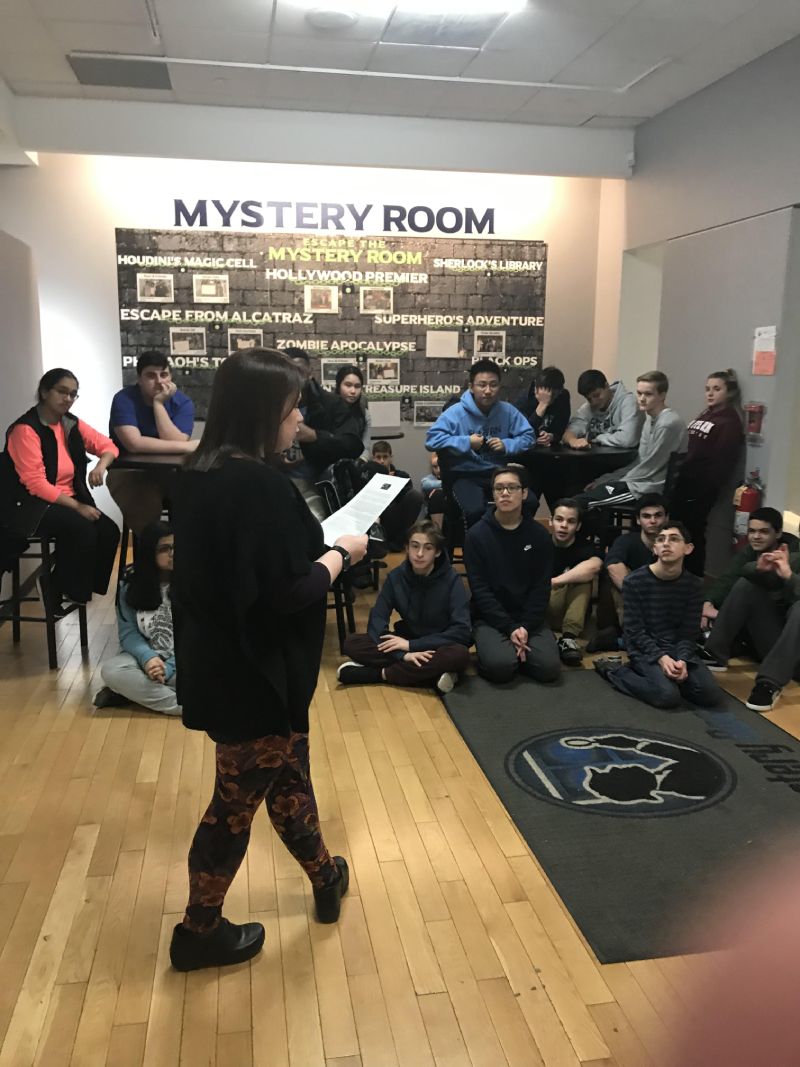
Aside from formal assessments, it is obvious that by simply observing groups in action that a strong cultural foundation has been established when you hear “buzzwords” used by students. Nothing is more rewarding for me than when I hear and see culture building concepts take shape within a disagreement or conflict. Instead of shutting down because of a difference of opinion, I might hear someone say “I hear your idea and although you make some really good points (which they mention in detail), I wonder if you listen to my ideas you might better understand my perspective as well.” This would be an example of one of the many areas we cover in culture building teaching and conferencing. Another example you could try:
- Primary students watch a movie clip or cartoon (no speaking) in which they must discuss how the characters were feeling in the segment. You can ask “How did you know any information about the characters feelings if they didn’t use any words? Body Language!
Another purpose for culture conferencing is that it provides a great opportunity to offer authentic positive affirmation. I like to start the conversation by complimenting the team on a skill or behavior I’ve noticed. These compliments validate the effort and serve to reinforce the behavior. At times I have given incentives to teams that are able to work problems out on their own, audibly praise someone in their group, or demonstrate an act of selflessness. Depending on the student and the class, I may even stop the entire group to loudly and proudly affirm a student for something they may have said or done that reflects what we’ve been learning.
These conferences help maintain a positive classroom culture by keeping the skills ever present. Just like the standards, culture building must remain a driving force. Scaffolding this process should be both ongoing and authentic, addressing challenges and celebrating victories in the midst of the learning.
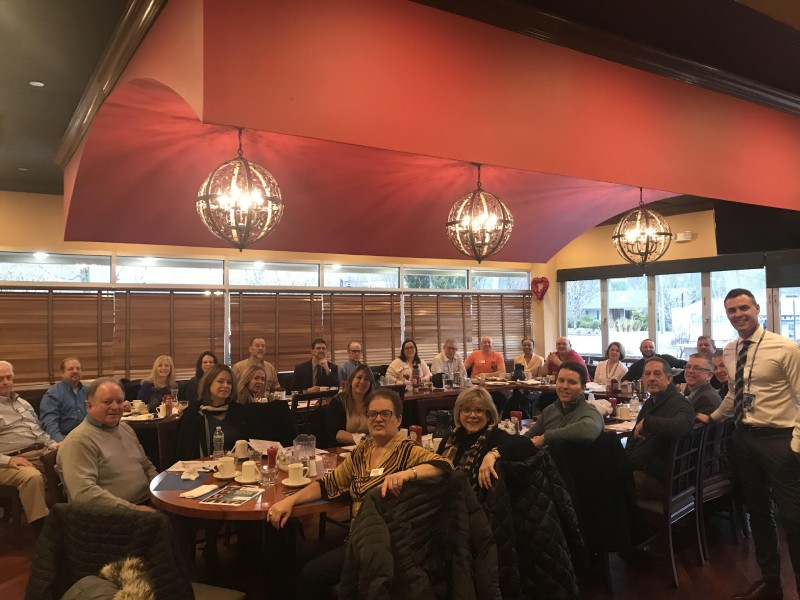
AFTER THE PROJECT
A time of reflection is crucial following a PBL presentation while experiences are still fresh in students’ minds. Individual reflections are valuable for two reasons. First, you as the teacher can gain valuable information about what works or what didn’t work. This will inform your culture building for the next project. Second, the act of reflection naturally aids the retention of skills.
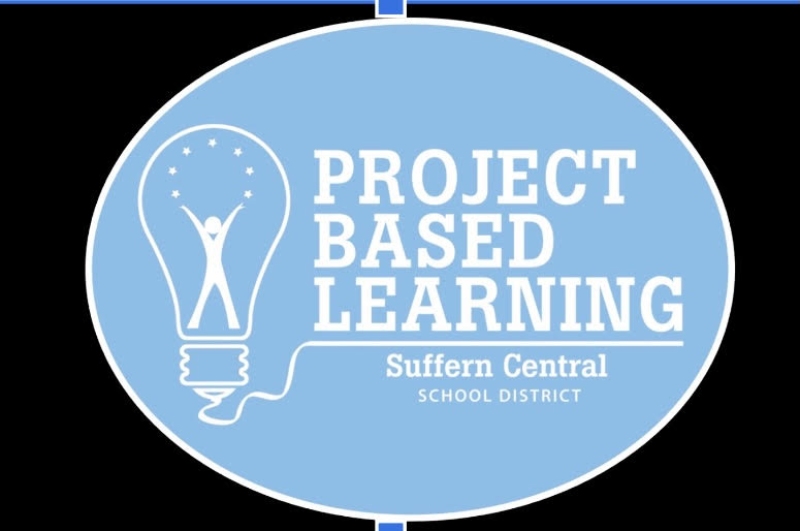
Students can reflect in a number of ways. Think-Pair-Share, Socratic Circles or surveys are all great ways to debrief with students. The most important element of this time is vulnerability. I want my students to be honest and authentic. As they communicate their takeaways, I encourage them to share the good, the bad and the ugly. With PBL, as with much of life, the process trumps product. Even if the journey was challenging – maybe a group had a tough time agreeing or resolving conflict – it provided them opportunity to develop necessary skills.
Despite not yet targeting specific 21st century skills, you may have experienced years of teaching or facilitating successful projects with your students to which I would say, “way to go!” However, for those of you who may be looking for a way to enhance your PBL units, culture building may just be the missing link!
This article is available and can be accessed in Spanish here.



